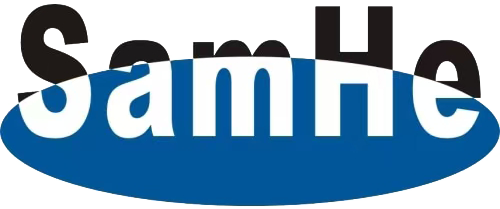What are the difference between our carabiners and swivel snap hooks
Carabiners and swivel snap hooks are often classified as “hook hardware”, but the differences in their structure, operation methods and usage scenarios are details that many customers tend to overlook in the early stages of product development.
Accurately understanding the differences between these two types of carabiners will help make more accurate matching choices during the product design stage, thereby improving the product experience and market adaptability.
The following is a professional analysis and insights from our outdoor accessories manufacturers on the most basic carabiners and swivel snap hooks:
Carabiners usually feature a closed aluminum ring structure with a spring gate or thread lock. The original design is to achieve quick connection and emphasize usage and strength reliability.
The design concentrates the main force point on the main shaft. It supports wide usage in outdoor equipment, load-bearing accessories, tool rope systems, and other scenarios, with clear requirements for tension resistance and locking stability. Some models can provide certified tension of more than 20kN, which is suitable for semi-static connection systems such as mountaineering and work protection.
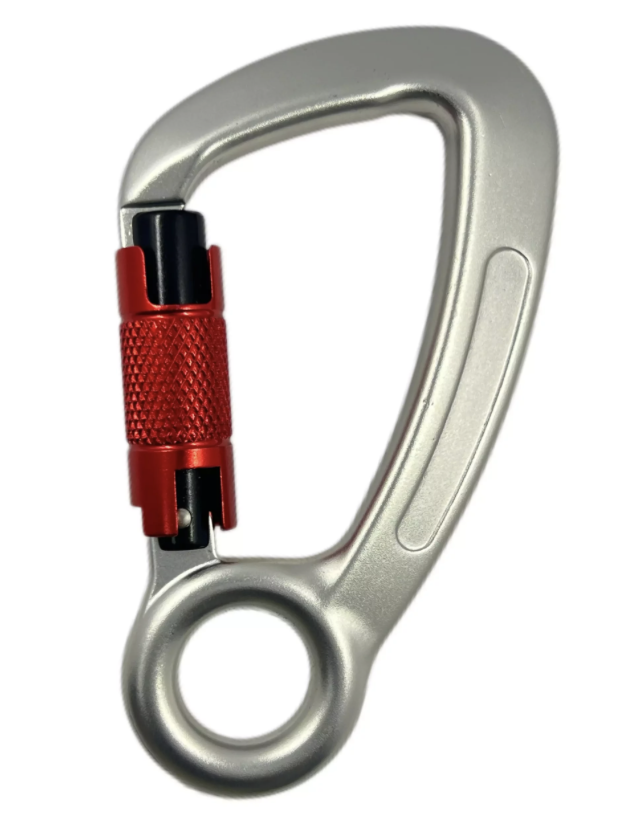
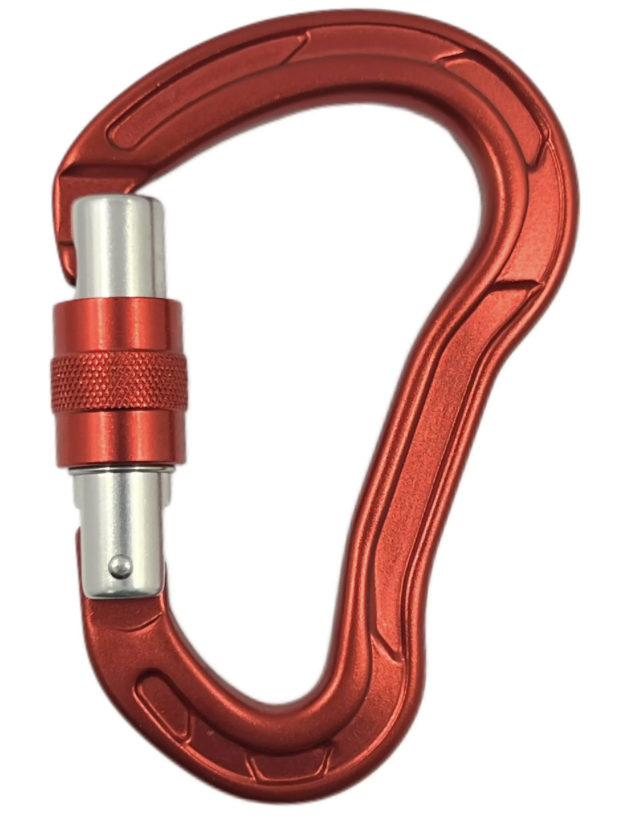
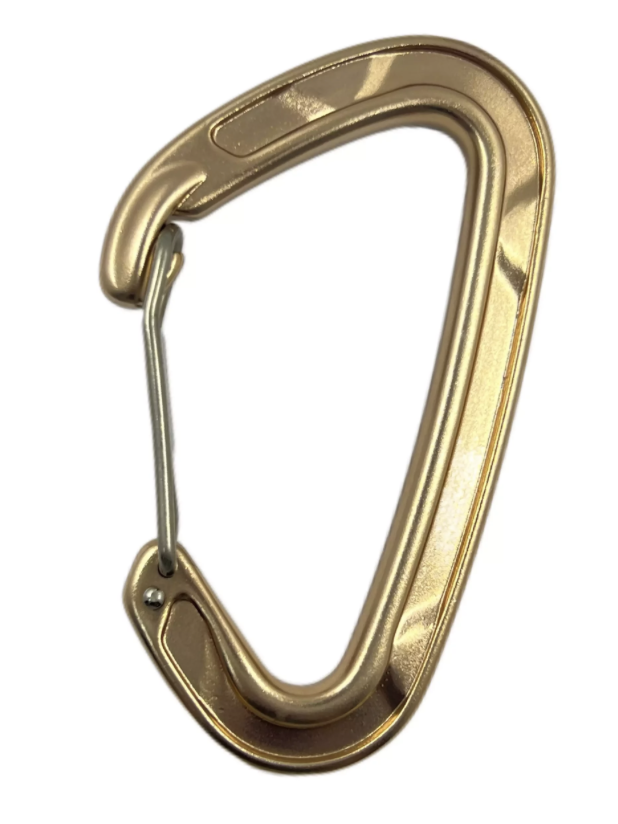
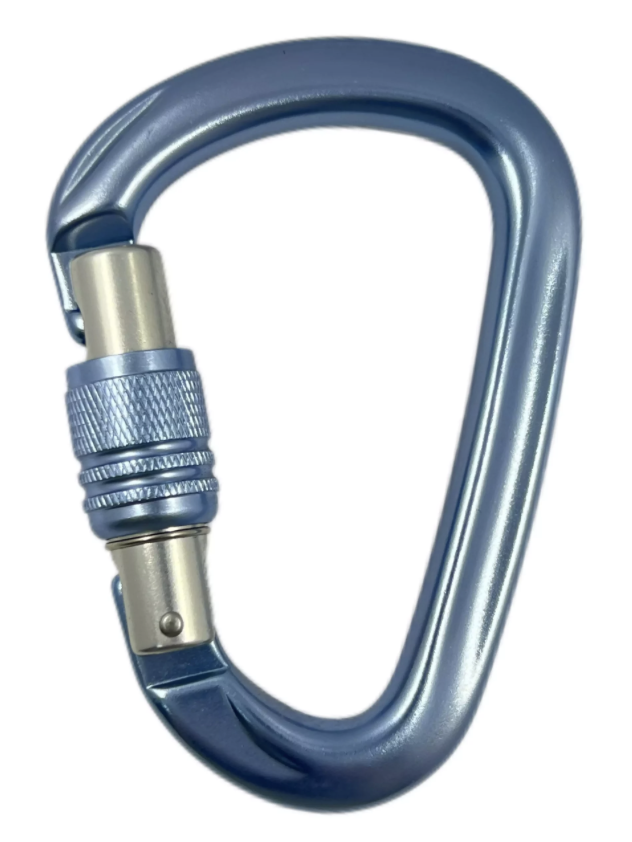
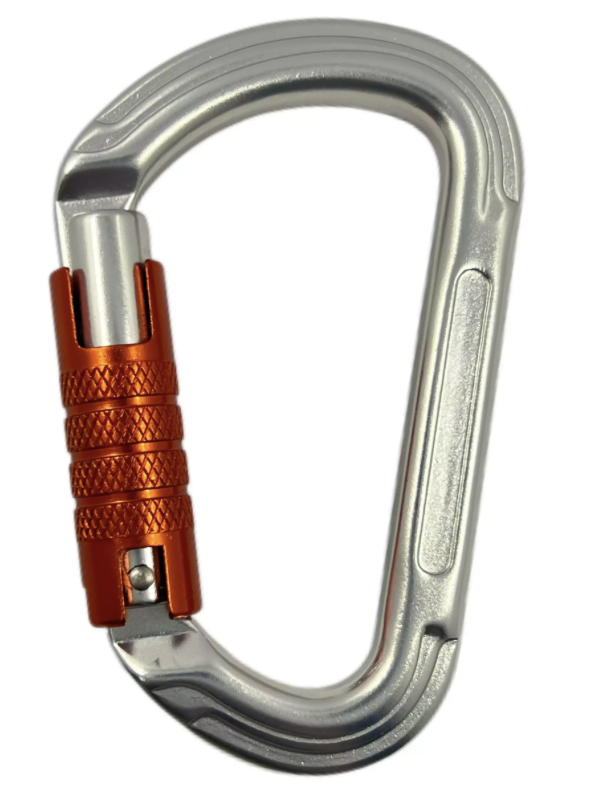

The swivel snap hook is more flexible in structure.
It usually has two key features: one is the safety screw lock design, which can prevent the gate from opening accidentally; the other is that it has a rotating shaft at the bottom, which can achieve 360° rotation and has the dual functions of “anti-slip + anti-entanglement”.
This type is more suitable for connection applications with frequent shaking and dynamic movement, such as pet leash, photography equipment hook, etc. Emphasize the smoothness of rotation and corrosion resistance.
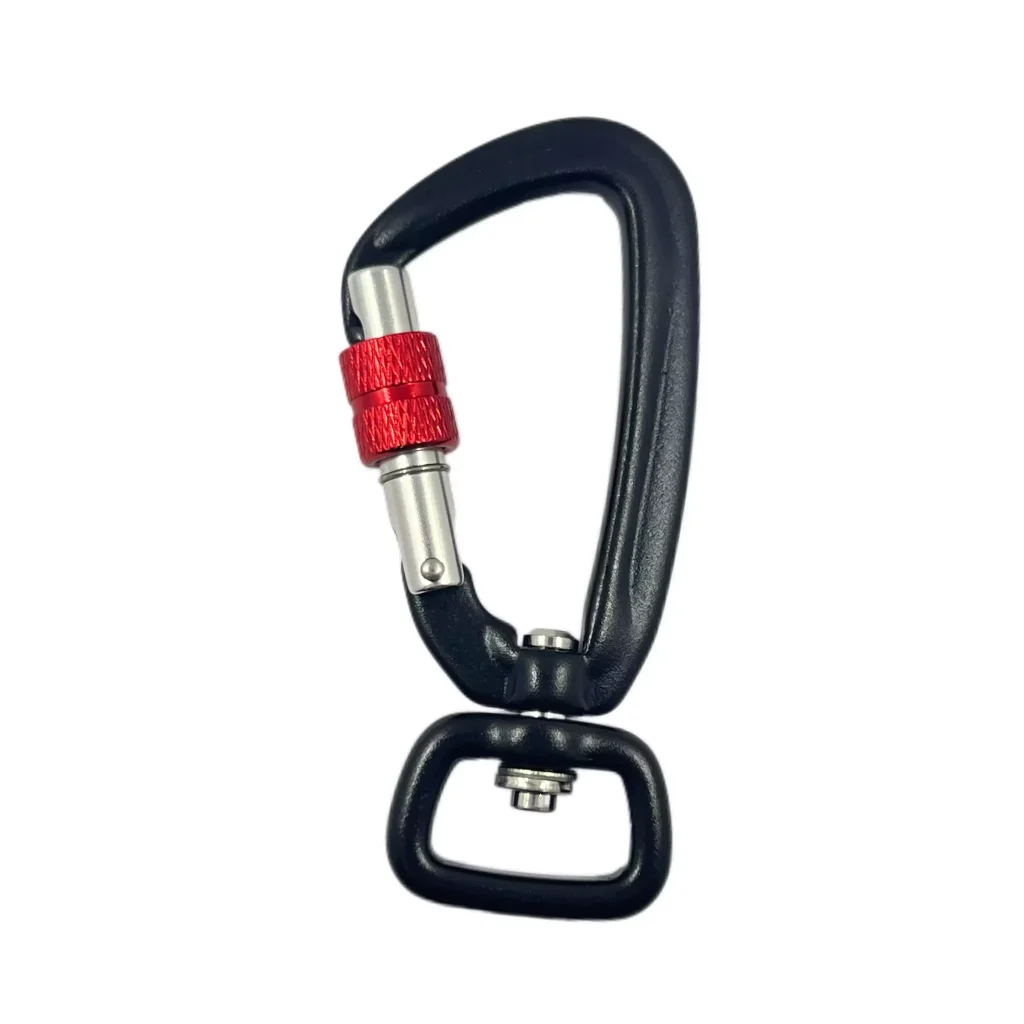
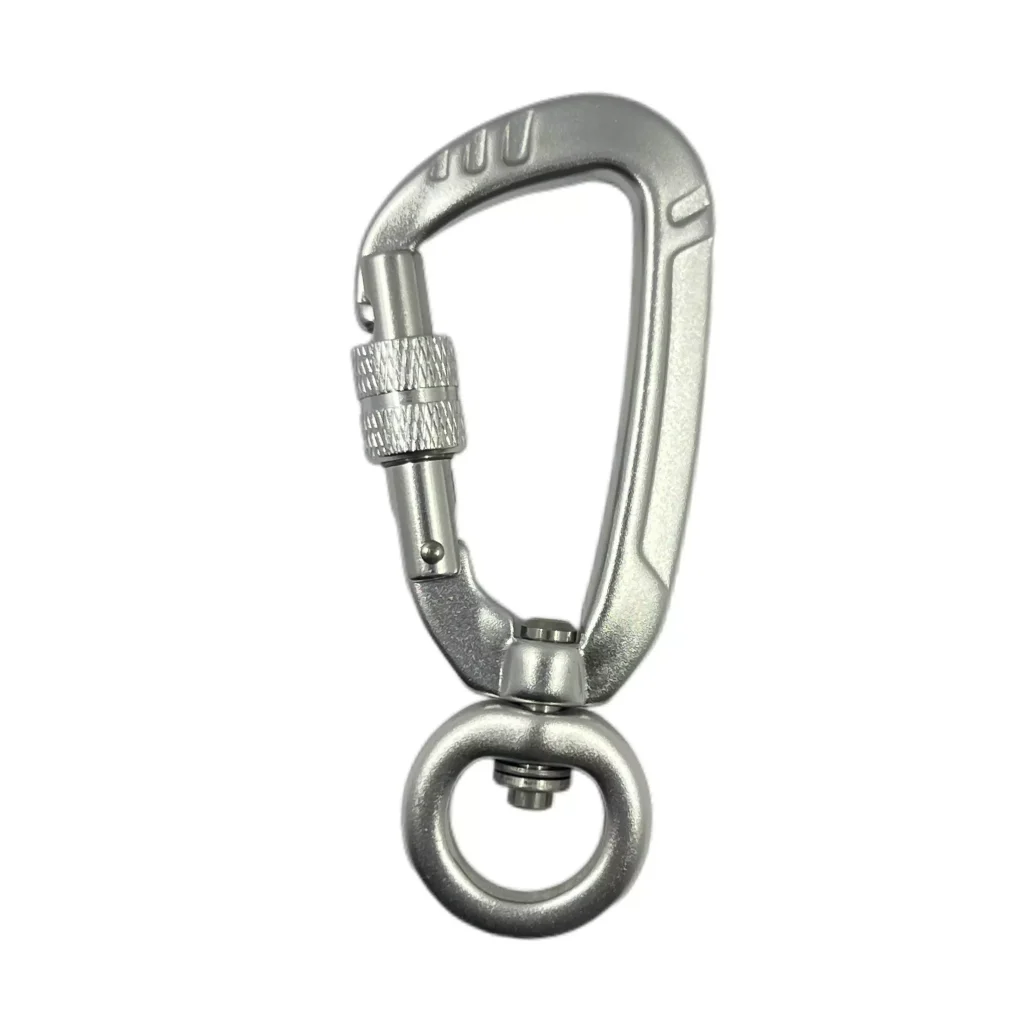
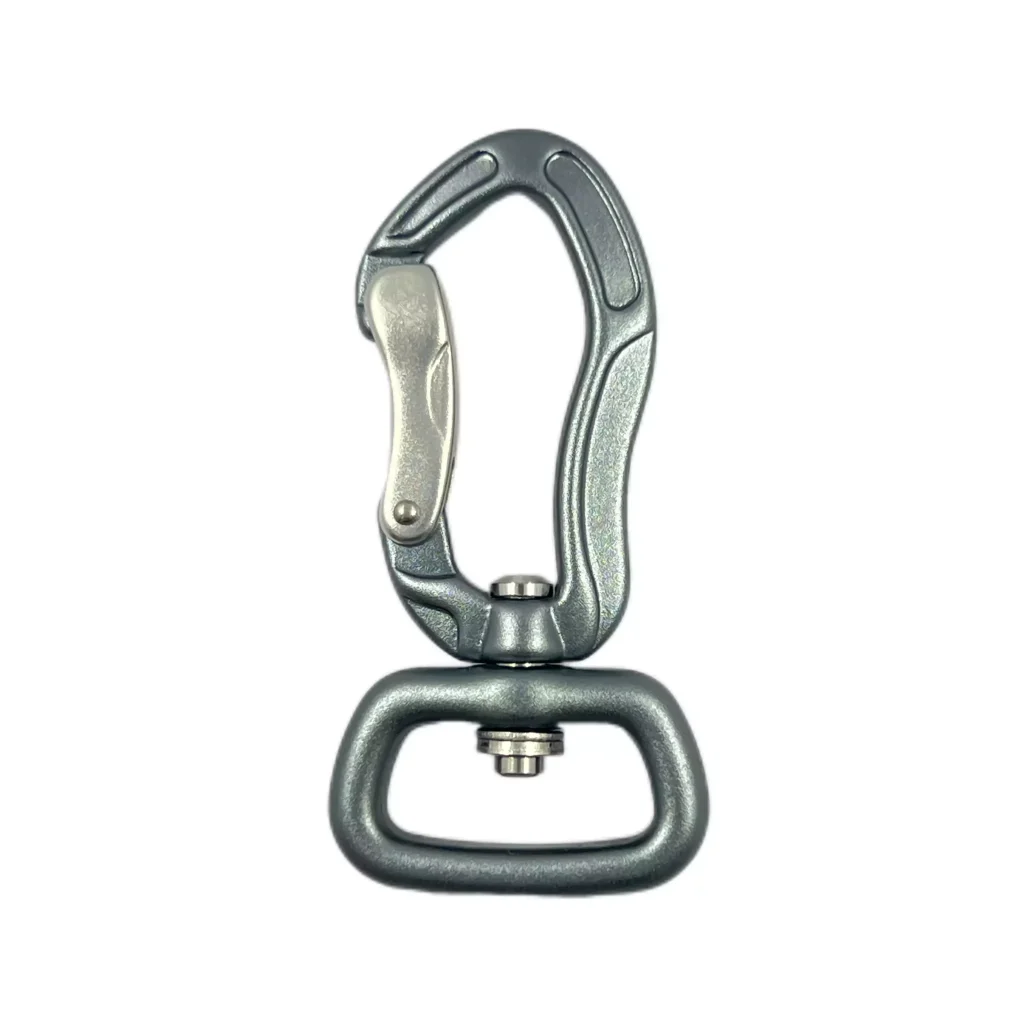
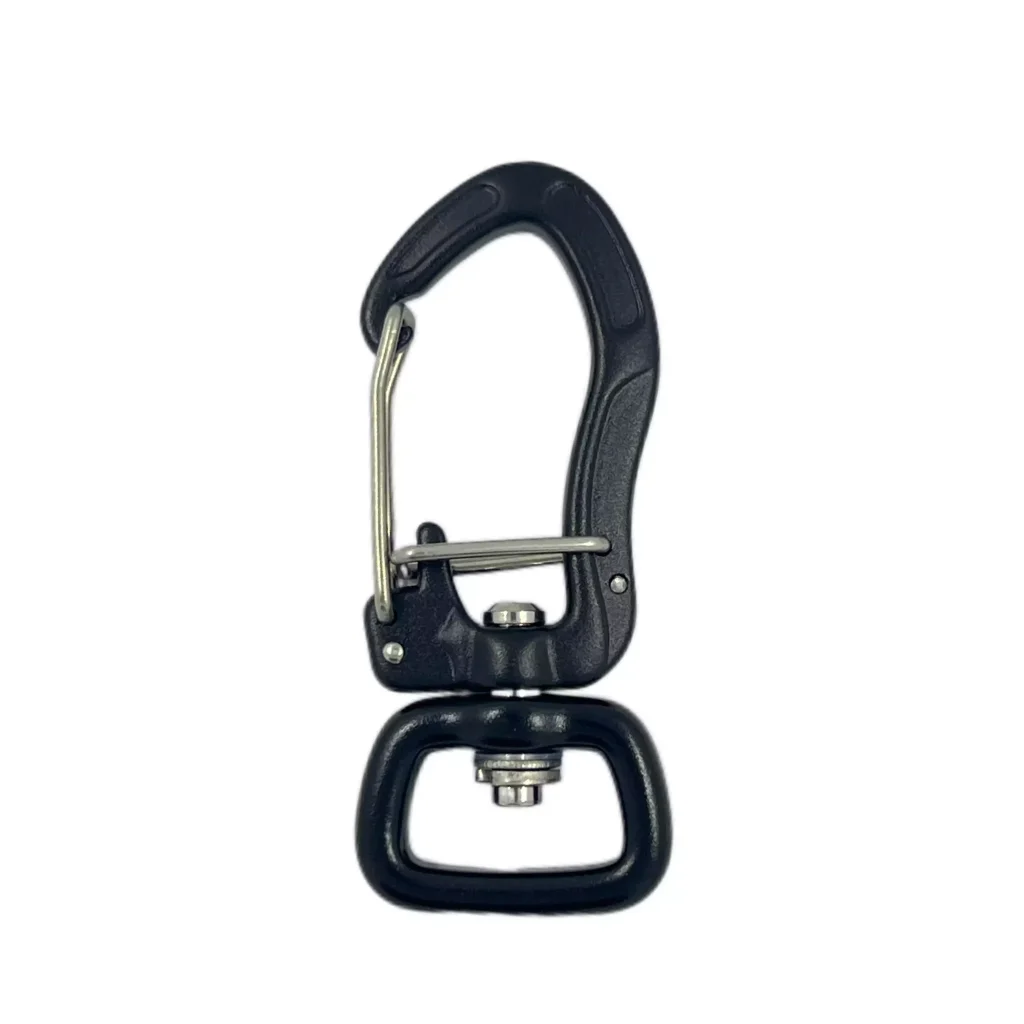
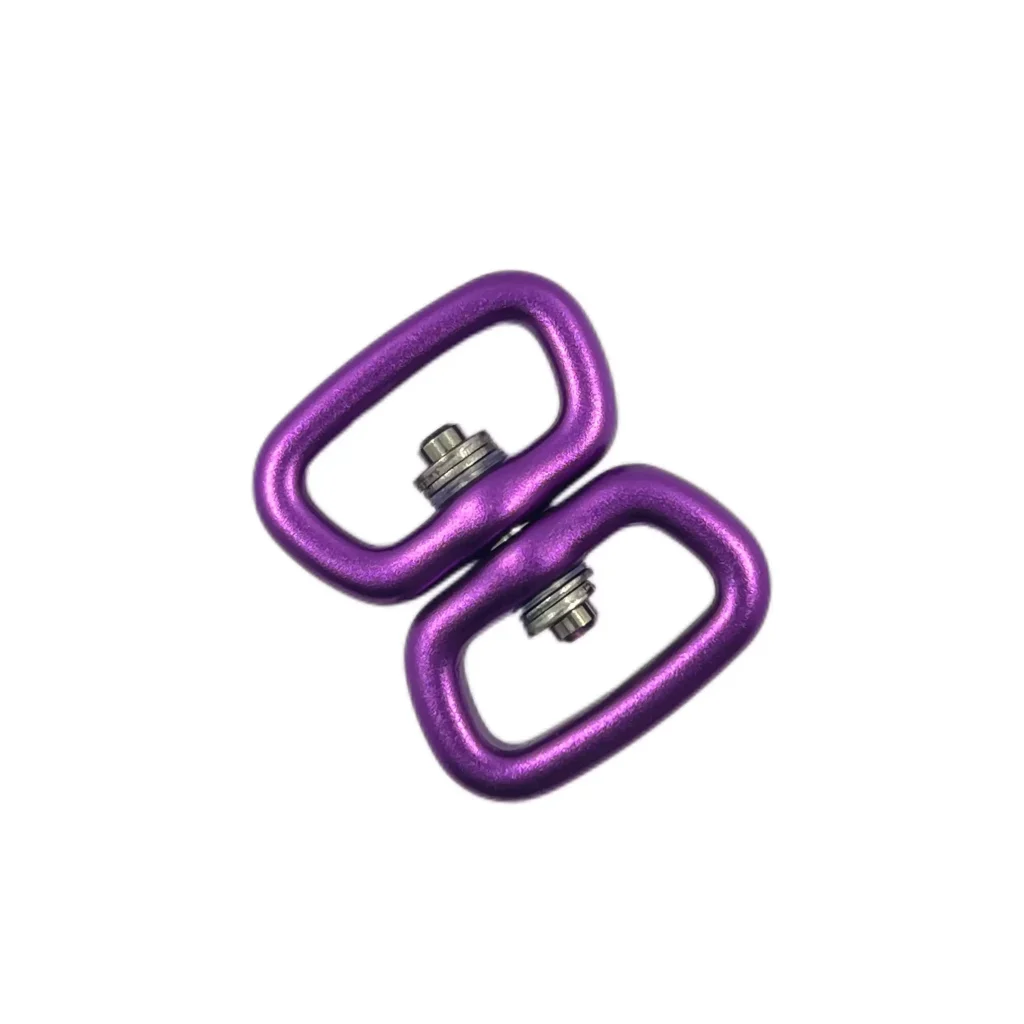
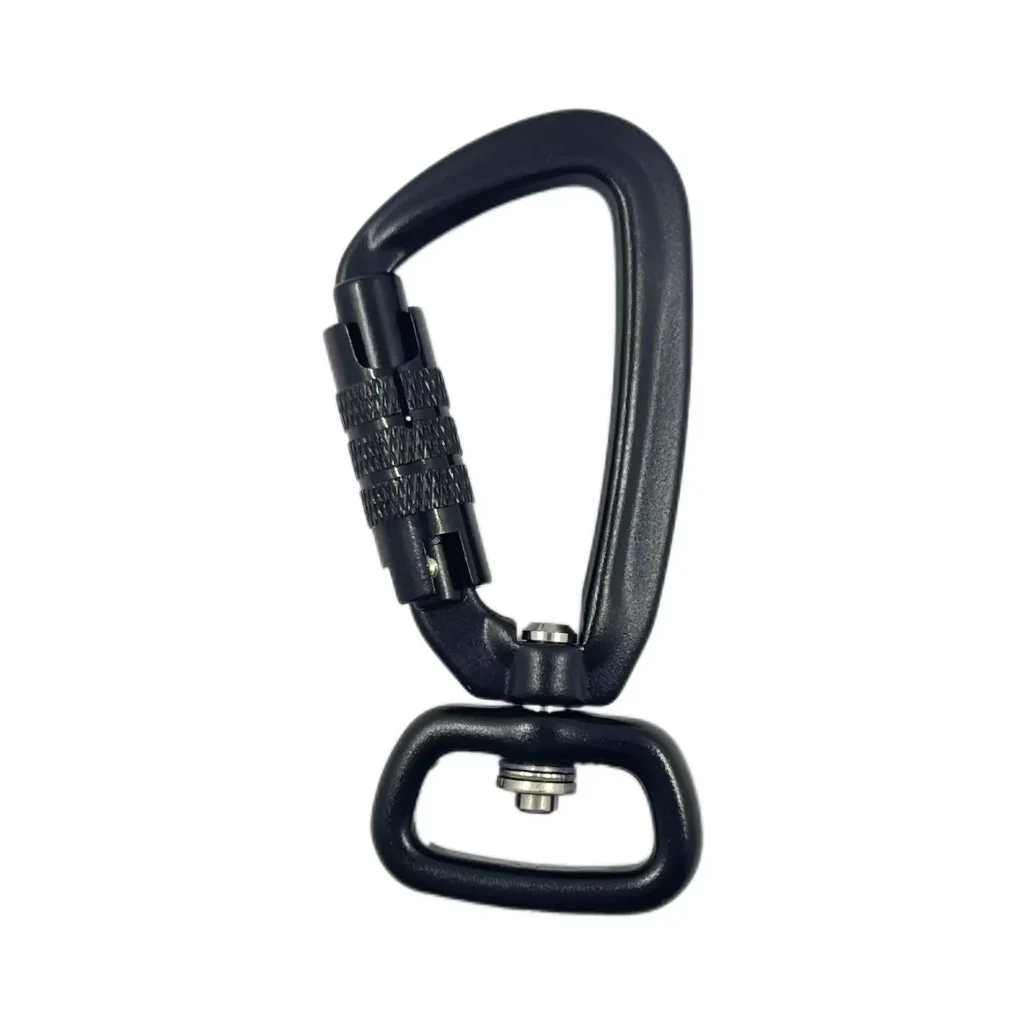
In general, the design starting points of the two are completely different. Carabiner pursues high strength, fast unhooking and safe closure; swivel snap hook emphasizes directional flexibility and anti-entanglement performance. In terms of use, one is more inclined to outdoor sports and equipment industry, and the other is more suitable for applications in traction and life function products that require free rotation or avoid torque transmission.
One of the problems that customers often overlook is that although both can realize the “hook” function, their connection logic, dynamic response and end-user experience are completely different in one dimension.
- Carabiner is suitable for combination with backpacks, tents, climbing ropes, tool ropes, etc.;
- Swivel snap hook suits webbing and traction ropes better, and users commonly apply it in traction dog leashes, factory hangers, etc.
The accuracy of selection will directly affect the stability of the product in the later stage and customer satisfaction.
Especially in the OEM stage, many brands no longer just buy general parts, but hope that manufacturers can provide reasonable structural suggestions to help them avoid potential hidden dangers. We provide a variety of structural types and product customization solutions.
By understanding these detailed differences, customers can avoid a lot of trial and error costs at the beginning of product design and establish their own product brand based on functional segmentation.
Need help choosing the right hook hardware for your gear? Contact us now for expert advice and solutions.

